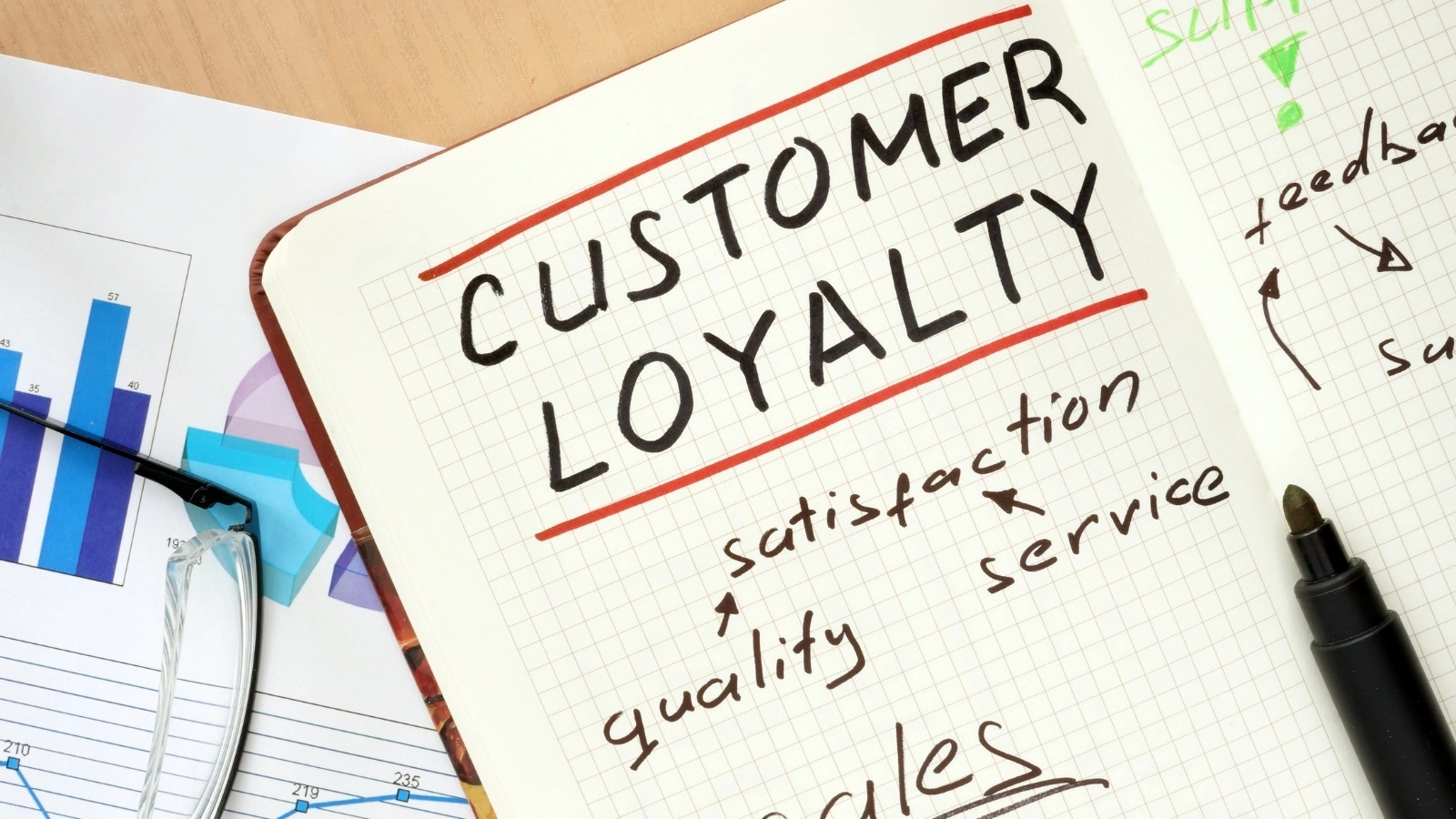.avif)
.avif)
Introduction
In the fiercely competitive e-commerce landscape, acquiring new customers is just the first step. The real challenge lies in retaining those customers and fostering long-term loyalty. One powerful strategy to achieve this is by combining the potent forces of referral programs and loyalty programs. By seamlessly integrating these two initiatives, businesses can not only attract new customers through trusted recommendations but also incentivize them to become loyal, repeat buyers.
Did you know?
According to a study by Yotpo.com, referred customers are 18% more valuable than those acquired through other channels and have a higher retention rate of 16%.
Combining Referral Programs and Loyalty Programs for Maximum Impact
1. Compound Rewards: Offer compounded rewards by allowing customers to earn loyalty points or rewards for successful referrals. This creates a positive feedback loop where customers are incentivized to continue referring friends and making repeat purchases to accumulate more rewards.
2. Tiered Loyalty Benefits: Integrate your referral program with tiered loyalty levels, where customers can unlock exclusive rewards, discounts, or perks as they move up the loyalty tiers. This encourages referred customers to become more engaged and make frequent purchases to progress through the tiers.
3. Referral Bonuses: Provide bonus loyalty points or rewards to referred customers when they sign up for your loyalty program. This welcome incentive can increase the likelihood of referred customers becoming loyal members right from the start.
4. Personalized Experiences: Leverage customer data from your loyalty program to personalize the referral experience. Offer tailored rewards or incentives based on customers' preferences, purchase history, or loyalty tier, making the referral process more relevant and engaging.
Strategies for Encouraging Referred Customers to Become Loyal, Repeat Buyers
1.Onboarding and Engagement: Develop a robust onboarding process for referred customers, introducing them to your loyalty program and its benefits. Encourage them to explore the program's features and start earning rewards from their first purchase.
2. Exclusive Loyalty Offers: Provide exclusive offers, discounts, or early access to new products or services to loyalty program members. This exclusivity can create a sense of community and encourage referred customers to remain engaged and loyal.
3. Gamification and Challenges: Incorporate gamification elements, such as challenges, achievement badges, or leaderboards, into your loyalty program. This can foster a sense of friendly competition and encourage referred customers to continue making purchases to earn rewards and reach new milestones.
4. Personalized Recommendations: Utilize customer data and purchase history to provide personalized product recommendations to referred customers. This tailored approach can enhance the customer experience and increase the likelihood of repeat purchases.
Examples of E-Commerce Businesses Integrating Referrals and Loyalty Programs
1. Sephora: The cosmetics retailer Sephora combines its Beauty Insider loyalty program with a referral program. Customers earn points for successful referrals, which can be redeemed for exclusive rewards and discounts. This integration encourages customers to remain loyal and actively participate in both programs.
2. Rent the Runway: The fashion rental service Rent the Runway offers a referral program that rewards both referrers and referred customers with credits toward future rentals. Additionally, referred customers are automatically enrolled in the company's loyalty program, reinforcing the brand's commitment to customer retention.
3. Chewy: The online pet supplies retailer Chewy has a successful referral program integrated with its loyalty program, Chewy Rewards. Customers earn points for referrals, which can be redeemed for discounts on future purchases, further incentivizing loyalty and repeat business.
Conclusion
By seamlessly integrating referral programs and loyalty programs, e-commerce businesses can unlock a powerful synergy that drives customer acquisition, retention, and lifetime value. This strategic combination not only rewards existing loyal customers but also paves the way for referred customers to become lifelong brand advocates.
FAQs
Start Building Customer Retention That Lasts




%201.webp)



